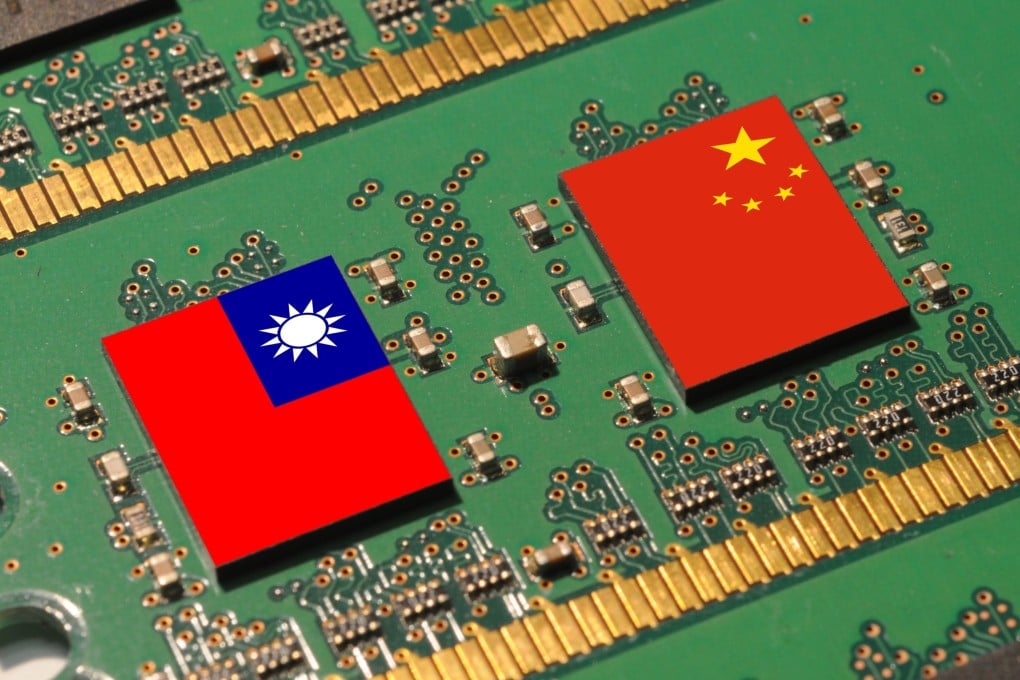Tech war: Taiwan’s share in global semiconductor manufacturing supply chain to decline, while mainland China poised for gains, IDC report says
- Taiwan’s global share in foundry work and outsourced assembly and test are expected to fall to 43 per cent and 47 per cent, respectively, by 2027
- Mainland China’s share in foundry and assembly and test are forecast to rise to 29 per cent and 22.4 per cent, respectively, in the same period

“Geopolitical shifts are fundamentally changing the semiconductor game,” Helen Chiang, IDC’s Asia-Pacific semiconductor research lead and Taiwan country manager, wrote in the report published earlier this week.
IDC projected Taiwanese chip makers’ share in foundry work to fall to 43 per cent by 2027, down from 46 per cent this year. The island’s share in outsourced assembly and test (OSAT) – the downstream part of the industry’s supply chain, which is vital for ensuring a chip’s quality and efficiency – is estimated to decrease to 47 per cent by 2027 from 51 per cent in 2022.
Mainland China’s foundry share, meanwhile, is forecast to reach 29 per cent by 2027, representing a 2 per cent increase from this year, according to IDC. China’s share in OSAT work globally is expected to grow to 22.4 per cent by 2027, up from 22.1 per cent in 2022, an IDC representative said on Thursday.
